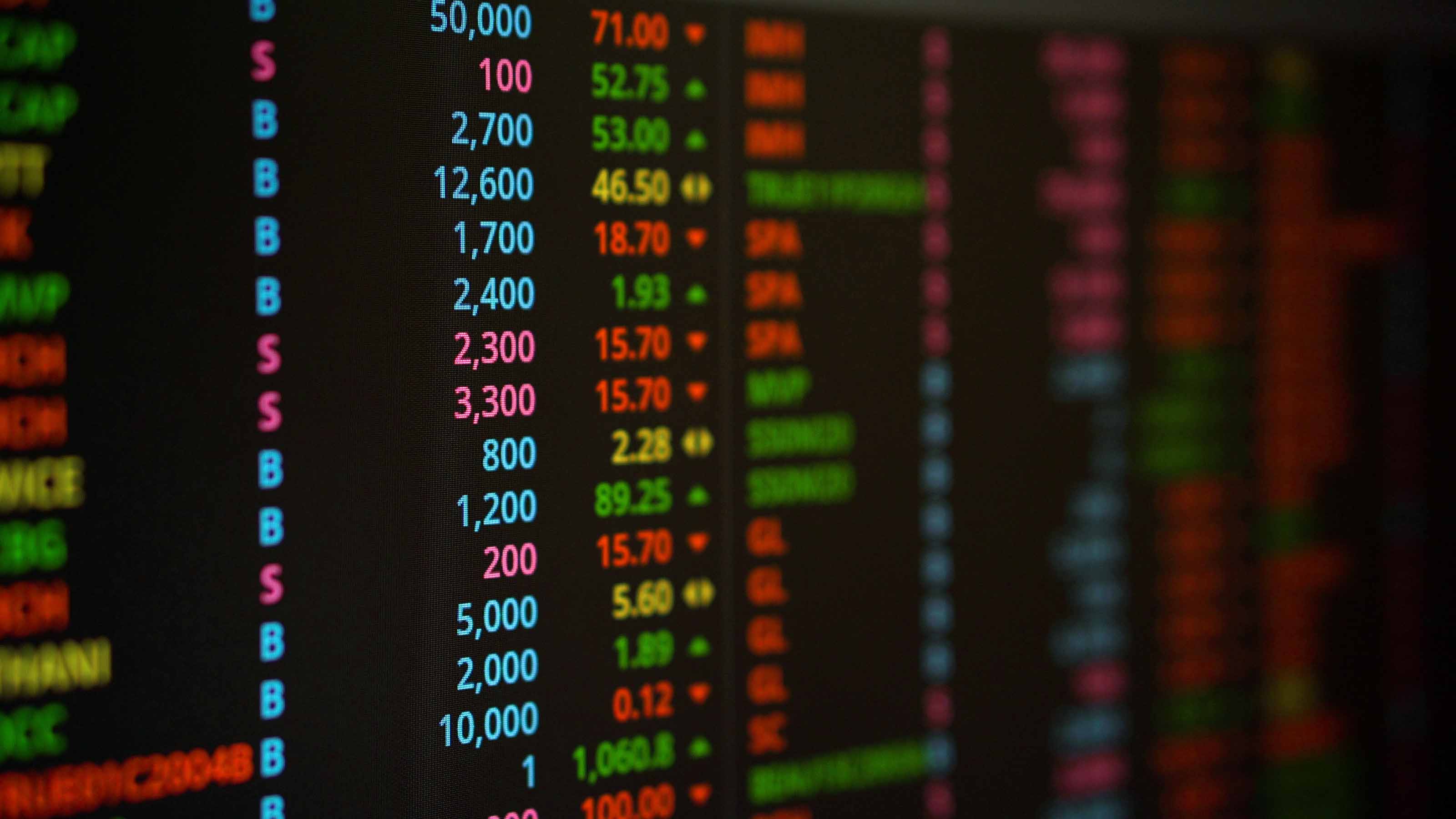
Equity markets had a hard time making up their minds Tuesday amid a heavy day of earnings reports from big banks and other blue chip stocks. Hawkish commentary from two Fed officials also caused markets to waver.
Dow stocks Johnson & Johnson (JNJ) and Goldman Sachs (GS) posted first-quarter results before the opening bell, as did Bank of America (BAC). Streaming media giant Netflix (NFLX) leads the earnings calendar with a report after the close.
Shares in J&J sold off despite the company easily topping Wall Street estimates on both the top and bottom lines. The healthcare giant also raised its earnings per share (EPS) forecast for the remainder of the year, and said that its intended separation of its consumer health business remains on schedule. But concerns over the company's litigation risk stemming from allegations that talc used in its iconic baby powder is carcinogenic weighed on JNJ stock.
In the financial sector, Goldman Sachs' earnings exceeded analysts' consensus estimate, but revenue fell short. Disappointing results from fixed-income trading were mostly to blame, as the division was hurt by turmoil in the bond market. A slump in mergers and acquisitions and initial public offerings (IPOs) also weighed on results.
Bank of America had no such issues, with earnings and revenue coming in better than Street forecasts. The money center bank was aided by a 25% jump in net interest income, or the difference between what banks pay for deposits and charge for loans.
"Our results demonstrate how our company’s decade-long commitment to responsible growth helped to provide stability in changing economic environments," BofA CEO Brian Moynihan said in a statement.
Big banks have been less affected by the crisis roiling regional banks and have even enjoyed an influx of deposits from their smaller peers. But, as Goldman Sachs' results showed, a reliance on fees from investment banking activities can make them vulnerable in other ways.
"Bearish sentiment remains high, but earnings have been generally better than expected," said Louis Navellier, chairman and founder of Navellier & Associates. "The [investor fear gauge] VIX is at a low 17, and stocks remain near the highs for the year."
Mixed earnings and hawkish commentary from two Fed officials caused markets to struggle for direction throughout the session. Federal Reserve Bank of St. Louis President James Bullard remarked that he wants to combat inflation with another interest rate hike at the next Fed meeting. Fed Bank of Atlanta President Raphael Bostic likewise said Tuesday that he favors raising interest rates one more time.
At the close, the major benchmarks were essentially unchanged. The blue chip Dow Jones Industrial Average ticked down 0.03% to close at 33,976, while the broader S&P 500 added 0.08% to finish at 4,154. The tech-heavy the Nasdaq Composite slipped 0.04% to settle at 12,153.
The best blue chip dividend stocks
As rollicking as Tuesday's session may have been, the best blue chip dividend stocks usually prove their worth over the long haul. Their fortress balance sheets, reliable dividends, and ability to weather bouts of market volatility make them ideal buy-and-hold names.
The biggest blue chips also have massive market values and liquidity, which helps explain why so many are hedge funds' top picks. And, of course, the best dividend stocks for reliable dividend growth are littered with blue chip names.
That said, hardly every blue chip or Dow stock is Buy-rated. But it just so happens that a market-cap-weighted index of analysts' top-rated Dow dividend stocks has been beating the broader market handily over the past year or so.
Given that record, these blue chip dividend stocks, including Microsoft (MSFT), Coca-Cola (KO), and UnitedHealth Group (UNH), might be worth a closer look.







